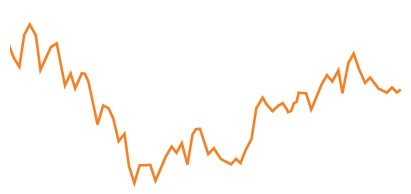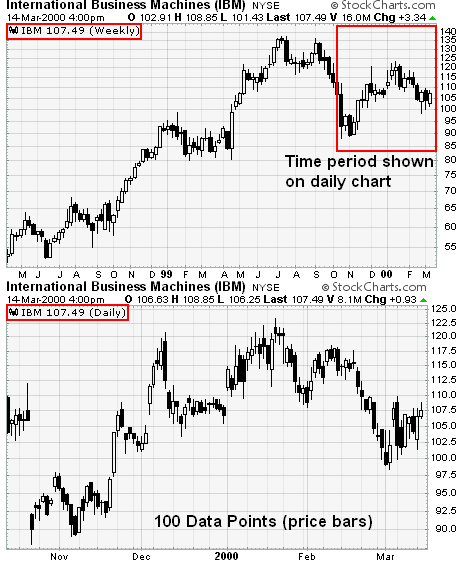Pump & Dump Scam
Are you receiving e-mails, calls or messages saying buy XYZ company’s shares in large quantities, this share is going to grow in the near future not just by 100% or 200% but by 300%? If you are investing in the market by following such tips then beware; you could be dragged into a larger scam. This scam is known as a Pump & Dump Scam.
What is this Pump & Dump Scam? Let us understand this with the help of a simple story. Once there was a small village where all the people used to live a joyous life. One fine day there came a stranger in this village & called himself a businessman. He said he deals in the business of monkeys. The villagers seemed clueless and hence, asked him what’s this business of monkeys that you indulge in is? He cleverly replied that in the near future there is going to be a soaring demand for monkeys and the price of monkeys is going to reach sky-high. So, he said he buys and sells such monkeys.
The villagers didn’t seem convinced with this story of his. So, he made an offer to the villagers that anyone who finds and gets a monkey for him, he’ll pay that person Rs. 1000 per monkey. Those villagers who seemed convinced with this offer of his, got him some monkeys and earned Rs. 1000 per monkey.
The businessman came again to the village after 2 weeks and said the demand for monkeys has increased further, so he has come to collect more monkeys. The villagers replied that they had already offered him the monkeys previously. He again made an offer stating that whoever gets him more monkeys, he’ll pay them Rs. 2000 for each monkey. This time, more villagers looked convinced and joined in and got monkeys for him and got paid Rs. 2000 for each monkey in return.
The businessman again came to that same village after 2 weeks. He said that the demand for monkeys has gone up and he needs more monkeys. The villagers replied to him, saying they have already offered him too many monkeys. The clever businessman made a new offer saying he’ll offer Rs. 4000 behind each monkey the villagers give him. The villagers were surprised to know that within 4 weeks the price of monkeys had increased 4 times. The villagers finally sensed an opportunity here and most of the villagers this time came together and got monkeys for him and thus, earned Rs. 4000 behind each monkey.
This scenario was again repeated and so, that businessman came to the village again after 2 weeks. This time he said he’ll pay Rs. 8000 behind every monkey as the demand has gone up too much. The villagers had been smart enough to have stocked the monkeys well beforehand and thus, they earned Rs. 8000 for each monkey. While leaving the village, the businessman told the villagers that in the near future; the demand for monkeys is going to increase a lot.
Listening to his words, the villagers felt that the person who’ll have more monkeys is going to be the richest person in the village. The villagers had started calculating the price of monkeys in their minds and thought to themselves that in the coming period, the price of monkeys might even reach Rs. 1 lac in the future. The village had almost no monkeys left as they had already collected and given it to him. What to do now? As a solution to this, the head of the village panchayat suggested that I have received a tip that if we go to the other village located on the opposite side of the river, we might get monkeys there. We can purchase monkeys from them and sell it to the businessman and make good money.
Now, all the villagers felt this to be a good idea. Thus, they all went to the other village in-order to get those monkeys. The villagers gave an offer to that person who had monkeys that you decide a price and we’ll buy those monkeys from you. That person was surprised but felt that it was a good deal and hence, agreed to sell those monkeys. So some of them got the monkeys for Rs. 8000, some got them for Rs. 16,000 and some even bought them for Rs. 50,000 thinking they would fetch close to Rs. 1 lac for a single monkey.
The scenario in the village now was such that there were more monkeys than humans in the village. The villagers thought that after 2 weeks the businessman will come and we’ll earn a good amount of money by selling him the monkeys. Some of the villagers thought of a strategy that they’ll not sell all the monkeys in one shot but will retain and sell them in a step by step manner and earn good money.
After 2 weeks the villagers were all set and were waiting for the arrival of that businessman. Time passed away. The villagers thought that the businessman must be stuck with some work so didn’t arrive, we’ll wait further. Later, more than 2 weeks passed by still the businessman didn’t come. Time kept passing by, 2 weeks, 4 weeks, 8 weeks passed but the businessman didn’t arrive.
Now, the villagers were worried as the businessman didn’t come and all of their money was invested in buying those monkeys. As the monkeys required to be taken care of as well as they didn’t sit quietly either, causing trouble. The villagers slowly started realizing that weʹre stuck somewhere, someone had fooled them. So they went to the Police and filed a complaint with them.
After investigating the whole matter, the results that came out were shocking. The Police told the villagers that the person to whom they were selling the monkeys and the person from whom you purchased the monkeys from the other village, both are from the same gang. They fooled you’ll and took away all your money and all you were left behind with is just monkeys.
The same thing takes place in the stock market as well. Initially, the price is first pumped up and then later it is dumped. You’ll receive e-mails, calls or messages saying buy some useless XYZ company’s shares in large quantities, the price of its share is going to increase in the near future by 4 times.
The operators present in the market will first come together and buy and sell the share making the price of the share go up. Seeing this increase in share price, you and many others would invest in it. So later, when the operators have earned enough money they’ll sell the share and leave. They would take away all the profits and you would be left with just useless company’s shares. This is what is known as a Pump & Dump Scam.
So, does this pump & dump scams take place only in the Indian share market? No, it takes place in the markets all over the world. Based on these scams, there a famous movie made in Hollywood called the ‘Wolf of the Wall-Street.’ In the US, the operators had earned a huge amount of money by carrying-out this pump & dump scam there. Though, later they were all arrested and put behind the bars.
Understand, that in pump & dump, too many operators come together and first increase the price of the shares and spread good news regarding the company all-over, so that investors come and invest in it. Later, after making good profits these operators sell those shares and leave. After falling prey to such scams and losing huge amounts of money people start investigating what just happened.
There is no point realizing and investigating later. One should investigate properly before investing and should not invest based on any e-mails, messages or calls from any person offering such tips. For that matter, while purchasing a shirt or a mobile phone or even a small needle, people first check for reviews & information on the internet. But when it comes to investing in the share market, they just blindly depend upon such tips. If you invest based upon such tips, you may fall prey to such pump & dump scams.
Aryaamoney has previously also said that if you wish to invest in the market then either become the expert or follow the expert. If you follow the right method, only then you can earn good returns in the market be it through trading or investing. There are a number of tests such as liquidity test, trend analysis, etc.
Again, if you don’t have the time to learn this technique or don’t wish to learn this but you feel that the share market will give good returns in the future and you are prepared to take a calculated risk, then you can opt for SIP plan in the Index fund of the share market and earn good returns.
But if you are getting a company’s stock in penny’s and you invest in it without offering it much thought and without proper analysis, then later, you would be left penny-less. The best tip anyone can give you is that ‘follow no tips’ in the market.
Source :- https://www.aryaamoney.com/Blogs/stock-market/pump-dump-scam



